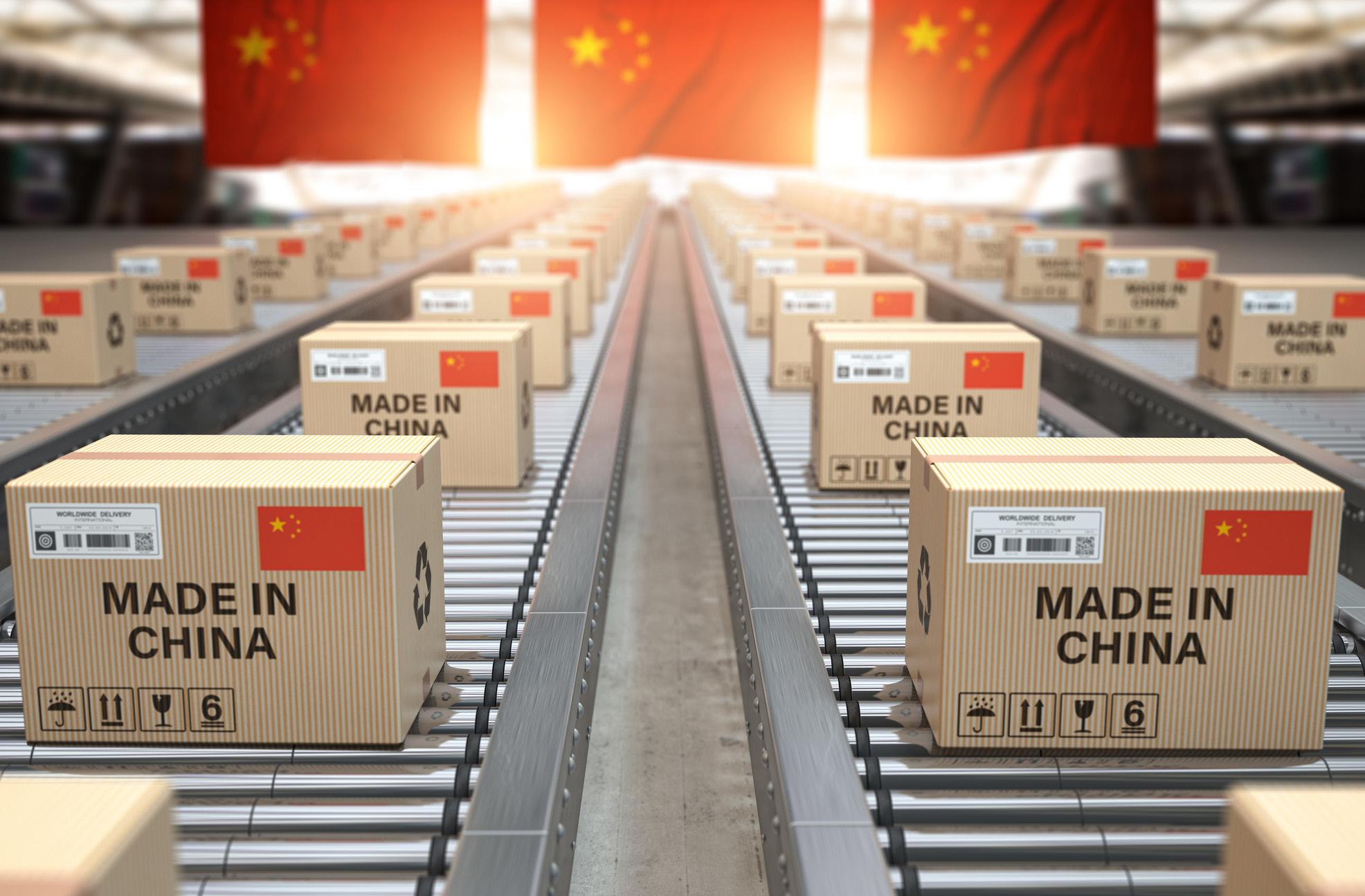
4 minute read
NEWS
Around Asia Pacific in seven stories…
TECHNOLOGY
SONY ACCELERATING EV DRIVE
FOLLOWING APPLE’S drive into the space, Sony is aiming to shift its focus more towards auto-manufacturing. Currently the company has already carried out road tests with its model Vision-S electric car, utilising software drawn from its entertainment systems and industry experience into the making of such vehicles.
Sony is leveraging the knowledge it gained over the years from multiple areas of business in its entertainment division, such as in cameras, computing and audio, and applying it to vehicle development. As Sony’s vehicle focus revolves around electric power there is no need for the company to dive into the unfamiliar territory of internal-combustionengine (ICE) technology, that further builds upon the company’s advantage of supplying its own software.
At present, Sony has no plans to mass-produce or sell the Vision-S. But with transport and mobility expected to be a major future trend, the company is exploring how it can contribute to the fast-approaching era of autonomous driving.
TECHNOLOGY
LG leaving smartphones behind
EXISTING AS a key player in the retail technology sector for many decades, South Korean corporation LG is stepping back from the competitive smartphone market.
Back in 2013, LG ranked among the top three smartphone makers and had always maintained a good position in the market. However, the company’s devices lessened in popularity against companies such as Chinese upstarts Xiaomi and Oppo, and as of 2020 LG was not even within the top seven players globally.
Despite LG’s position as the third most popular smartphone maker in the US, the tech giant announced that it would close down its mobile phone unit following these multiple years of global losses and is expected to wind down by 31st July.
This decision will allow LG to focus its resources on growth areas such as electric vehicle components, connected devices, smart homes, robotics and AI.
TECHNOLOGY
Siemens investment into CNet Training
SIEMENS INFRASTRUCTURE,
a subsidiary of global conglomerate Siemans AG, have invested in on-going technical education with CNet Training across its Middle East, South East Asia and Pacific divisions.
This commitment sees Siemens’ Sales and Operations teams across the regions undertake CNet’s highly respected Data Centre requirements, an overview of compliance needs, as well as common challenges.
Upon successful completion, learners are rewarded a CNet Certificate of achievement from which they can move on to explore further learning to help expand their knowledge and skills and can gain official certifications and qualifications within their chosen specialisms.
Siemens values the education and professional development of its people and continues to invest in these areas across its workforce.

Fundamentals programme. Designed for new or experienced individuals, the programme covers key areas, including an introduction into the data centre industry, the types of data centre, key infrastructure
AEROSPACE
Pan-APAC optimism
THE RECENT announcement of a New Zealand and Australian travel bubble is set to raise airline stocks in the APAC region as the news gives way to a rising optimism.
Shares in Australia’s Qantas Airways surged over three percent during the last week of March, while at the same time Air New Zealand’s stock increased in value by a substantial 5.8 percent.
On top of this, according to Singapore’s aviation regulator, the beginning of May will see Singapore start to accept travellers who use the International Air Transport Association (IATA) mobile travel pass for predeparture checks. This has led to an increase in shares for Singapore Airlines to 0.72 percent higher than previously.
Having been one of the hardest hit industries in the APAC region, the travel industry looks to be on the way up from here out.

ECONOMY
New Zealand’s living wage to increase
NEW ZEALAND’S Living Wage is set to rise by three percent as of September 2021.
This will rise to a nation-wide total of $22.75 per hour with the increase based on average annual earnings in the last year’s June quarter.
At the same time as this, the top tax rate for the country’s highest earners is being increased to 39 percent, and those on minimum wage will receive a pay increase to $20 an hour, although many employers state that the amount is too much and poorly timed. These changes will be implemented alongside small increases to unemployment and sickness benefits.
This raise in wages is aimed to combat housing costs, for example those of Auckland that sit around 11 times the average national income, and the high child poverty rate the country faces. HISTORIC AUSTRALIAN wine producer McWilliam’s Wines has been bought by another wellknown winemaking brand.
Calabria Family Wines purchased the company on 06-April and the sale will follow through in totality by the end of the month. Calabria, based in Griffith (Australia), will take ownership of the McWilliam’s Hanwood vineyard, winery and cellar door, on top of its brands, intellectual property, and stock holdings.
In January of this year, McWilliam’s Wines was aiming to achieve a strong return and continuous trade relationship in the wake of its voluntary administration throughout 2020. Alongside this, the company wanted to retain its winery staff after what had been a trying period.
FOOS & DRINK
AUSTRALIAN WINE COMPANY SOLD
SUSTAINABLITY
WIND POWER IN THE PHILIPPINES
THE PHILIPPINES is planning to build its first offshore windfarm.
In order to meet the soaring customer demand for power, eco-business and wind power company Triconti ECC is aiming to tap into the archipelago nation’s current nascent wind market.
As the Philippines looks to its offshore wind potential, developers are taking a look at the nation’s Asian counterparts with relation to policies and the drive for the sector’s growth in the region. Similar to its neighbours such as Vietnam, Taiwan, Japan, and South Korea, the Philippines is increasing its sustainable energy efforts to meet both consumer demand and climate targets.



